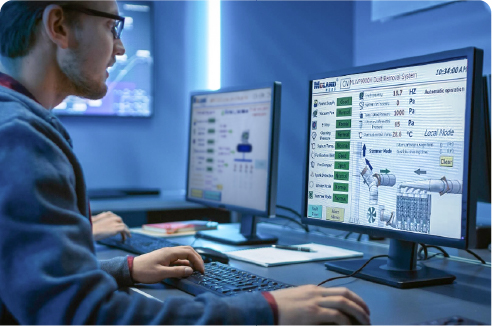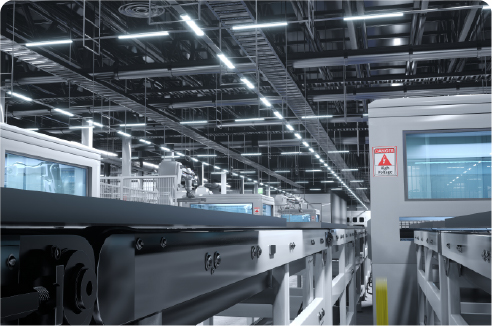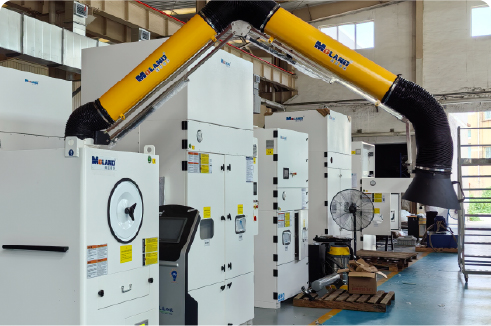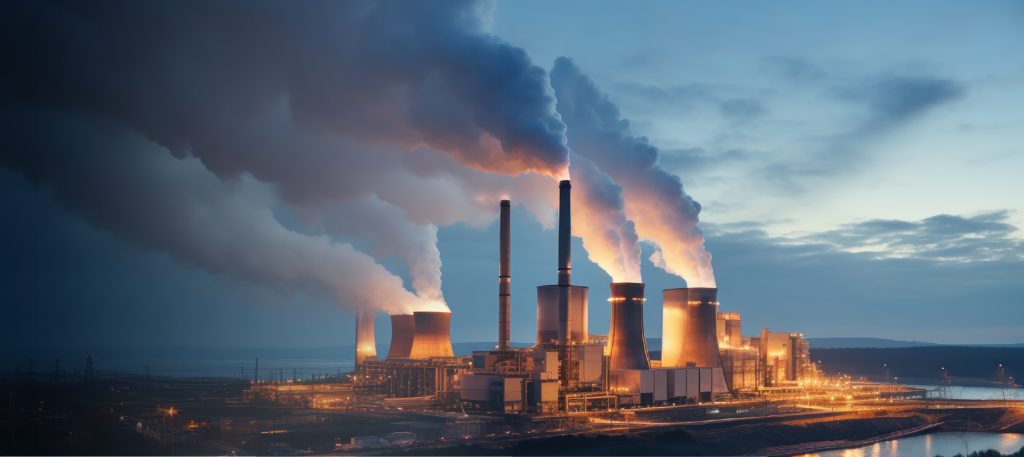
Utilizing high-efficiency particulate air (HEPA) filters and electrostatic precipitators can significantly reduce airborne dust particles. These technologies capture even the finest particles, improving air quality in factories.

Implementing smart, automated dust collection systems can help monitor and manage dust levels in real time. These systems can adjust filtration rates based on current dust concentrations, optimizing performance and energy use.

Low Energy Consumption

Large Air Volume

Easy To Maintain
